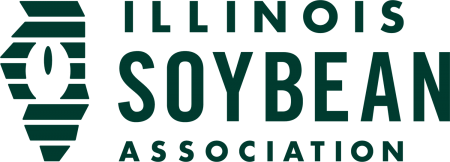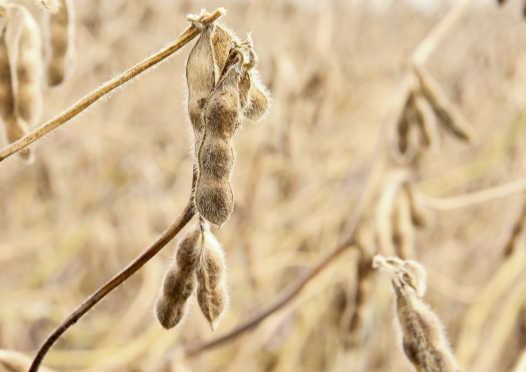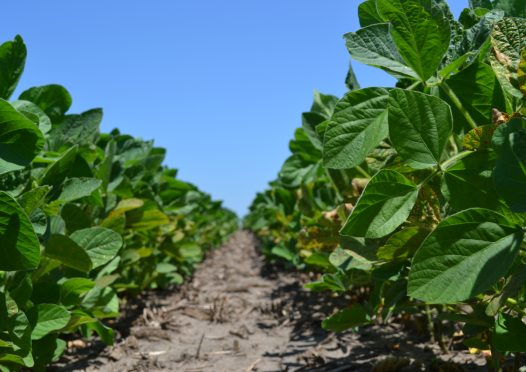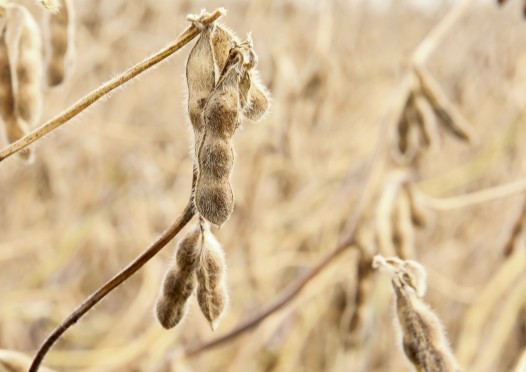ILSOYADVISOR POST
Agronomy: Jenny Mennenga: Central Illinois Postharvest Report
ISA Director and soybean grower Jenny Mennenga farms in McLean and Dewitt counties in central Illinois with her husband Eric. We touched base with Mennenga in early October for a preharvest report. When we last talked, she was optimistic about yields after a rain-filled August, but she knew disease could pose a problem. Let’s see how harvest went for Mennenga in central Illinois.
Rain delays
Heavy rains delayed harvest for many Illinois growers, and Mennenga was no exception. She says harvest was long and they were rained out for several days, but adds, “I am extremely thankful for the tracks on our auger cart because this kept us going when we would have otherwise been sidelined.”
Pleasant surprises
With above-average soybean yields across the state, many farmers anticipated delays at their local elevators. However, due to coordinated efforts throughout harvest, Mennenga says lines were minimal. “I was surprised how well our local elevators were able to keep normal to extended harvest hours with the extremely high yield levels in our area.”
Yield outcomes
With a delayed harvest, Mennenga says her soybeans fell shy of her five-year average by a couple of bushels. “The soybeans looked like they should have yielded much better,” she explains, “but we noticed a lot of aborted beans in the pods during harvest.” She adds that Sudden Death Syndrome and white mold are to blame, having caused stress in the plants, aborted beans and ultimately lower yields than she expected.
Overcoming weed challenges
In addition to battling disease in some of her fields, Mennenga also faces the challenge of resistant weeds. “We battle glyphosate-tolerant waterhemp on some of my farms,” she explains, “so we use layers of soil residual products.” Her weed management program proved effective and Mennenga had weed-free fields through the end of the season.
Changes for the 2015 season
Mennenga plans to have a big bean year in 2015 in terms of acreage. “I’m hoping to reduce herbicide costs and increase yields by switching over to 15-inch soybean row spacing from the 30-inch rows I used this year,” she adds. “Quick canopy means less dependence on soil residual herbicides to control weeds, and university studies show a two-bushel positive yield response to the 15-inch rows.”
Check back for more updates on harvest throughout Illinois, and let us know how your harvest went at @ILSoybean.
Previous Posts:





Comments
Add new comment